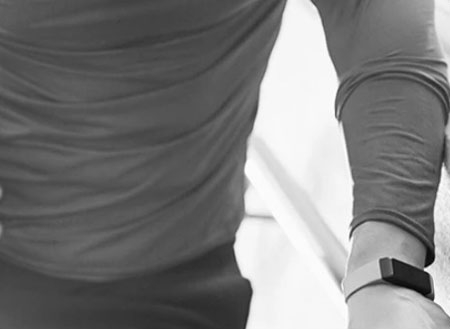One of the most common conversations our physicians have with patients is in the realm of modifying activity. Whether someone has an arthritic joint, a nasty bout of tendinitis, or an acute injury leaving a limb temporarily immobilized, being able to stay active by modifying your normal exercise routine is important for your general health. As you may recall from The Vicious Cycle blog , we often recommend non-impact and low impact activity as the alternative to more traditional activity. Running, though great exercise, is not an activity that the average person can take into later adulthood without serious physical ramifications.
With any chronic injury or ailment, removing aggravating activity from the equation can often vastly improve symptoms without further means of intervention. Activity modification often reduces inflammation and swelling, which in turn decreases pain. Altering activity can also decrease the risk of enduring an overuse injury such as a stress fracture and minimizes the chances of aggravating any one muscle or tendon; thus, making tendinitis far less likely.
Activity modification for some patients can be as easy as varying one’s activity to avoid repetitive stresses. For example, rather than walking every day, one might try alternating walking, biking, pool sessions, or strength training throughout the week. Other simple modifications include walking on dirt paths or mulched trails rather than sidewalks and pavement. Even running or walking on a track rather than sidewalks can make a world of difference in taking some of the stress off your joints. Other non and low impact activity includes biking (stationary, outdoor, upright, or reclined), elliptical use, rowing, arm bikes, and water aerobics. Advancements in recreational equipment have led to machines like the Elliptigo being commercially available for people to use as they please. Joining a local gym or YMCA could grant you access to a pool hosting a myriad of water aerobics classes.
Activity modification doesn’t have to just be about alleviating the pain of chronic injuries or pathologies. If you sustain an acute injury, you need not assume you are going to be completely sedentary while you heal. Depending on the extent and location of the injury, you may be able to exercise at least part of your body. Lower extremity injuries (think ankle fractures and knee ligament sprains) often lend themselves to maintaining upper body strength and sometimes even some semblance of cardio. Alternatively, injuries to the upper extremity (wrist fractures or rotator cuff problems) may allow some degree of lower body exercise. Before proceeding with any kind of fitness, you should always check with your physician. First and foremost, we want your injury to heal appropriately and without complication. We also want you to prioritize icing and elevating the injured area rather than worrying about maintaining fitness. However, if given permission by your physician, keeping the rest of your body strong while you heal can be good for both your physical AND mental health.
The goal of activity modification is to allow patients to continue living a healthy, active lifestyle while not exacerbating underlying issues such as osteoarthritis. Quality exercise can be achieved in a myriad of fashions if you are willing to think outside the box and expand your horizons just a little bit. Who knows? Maybe you will find a new favorite activity!

